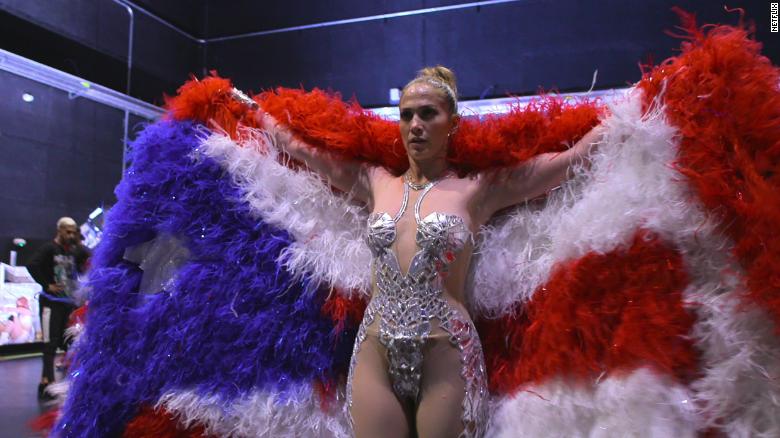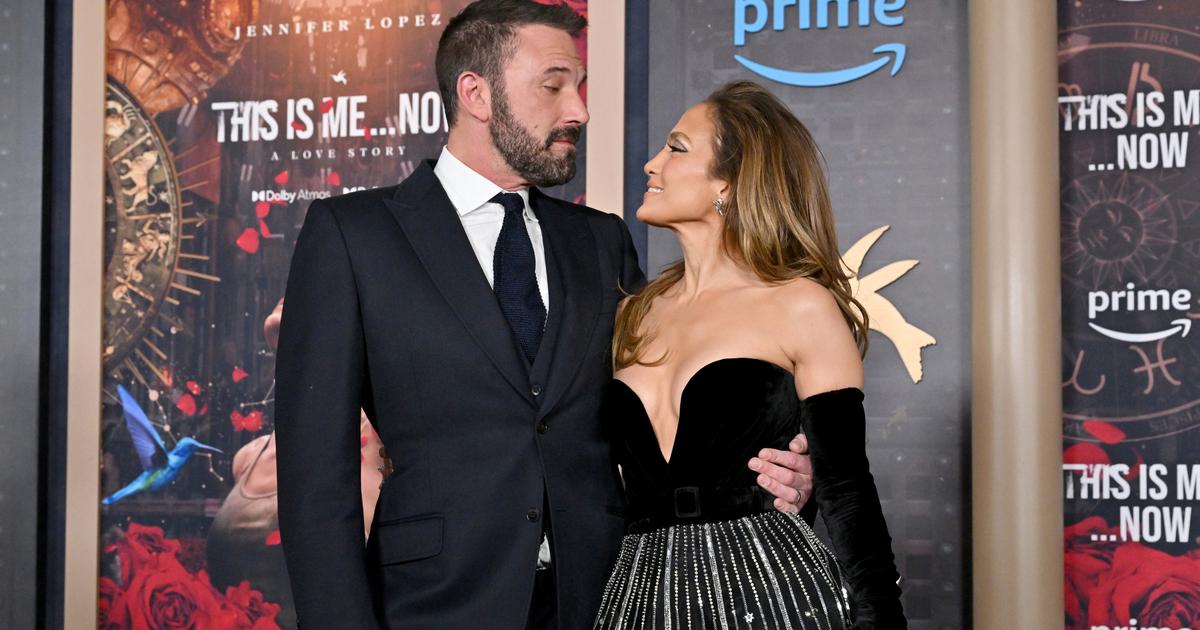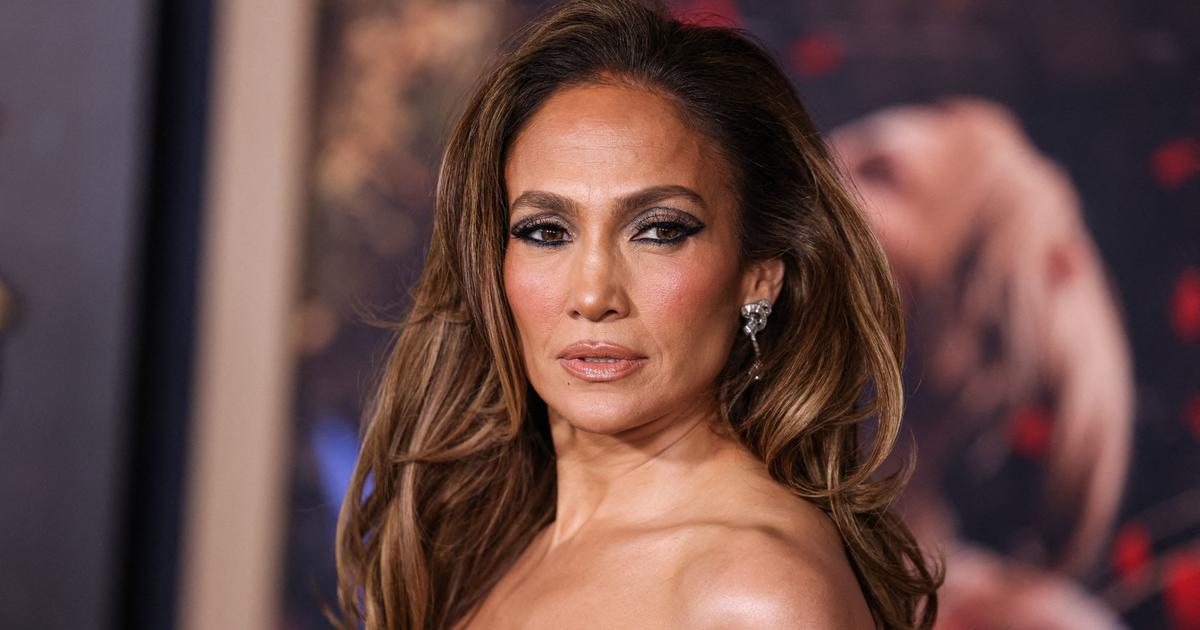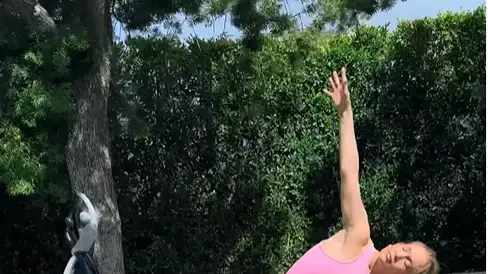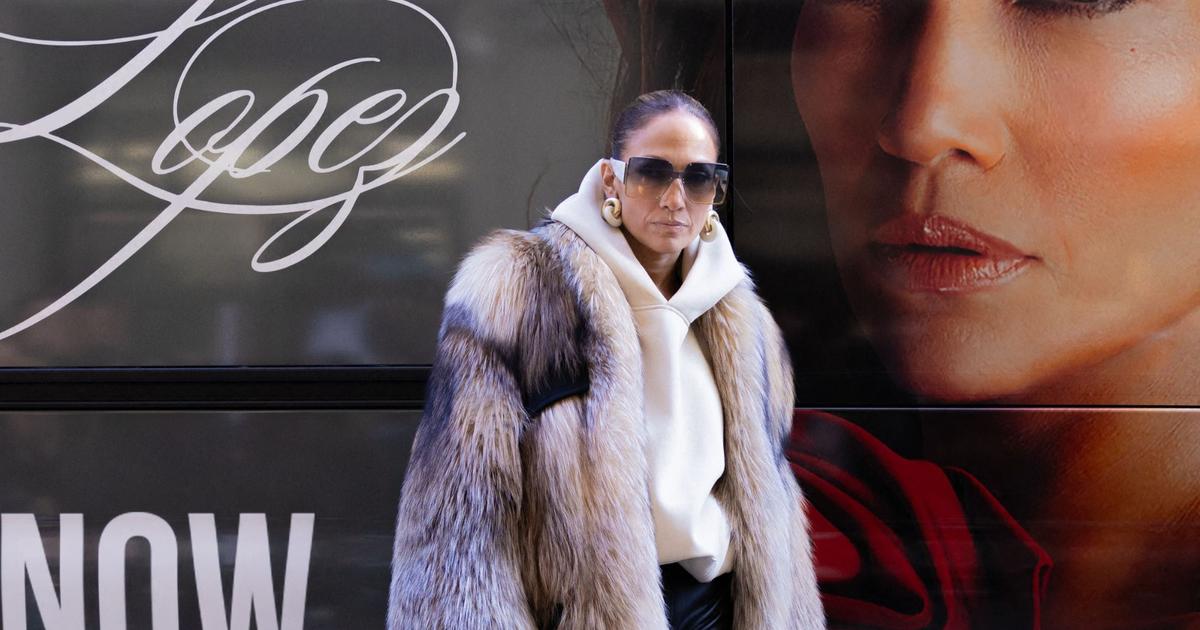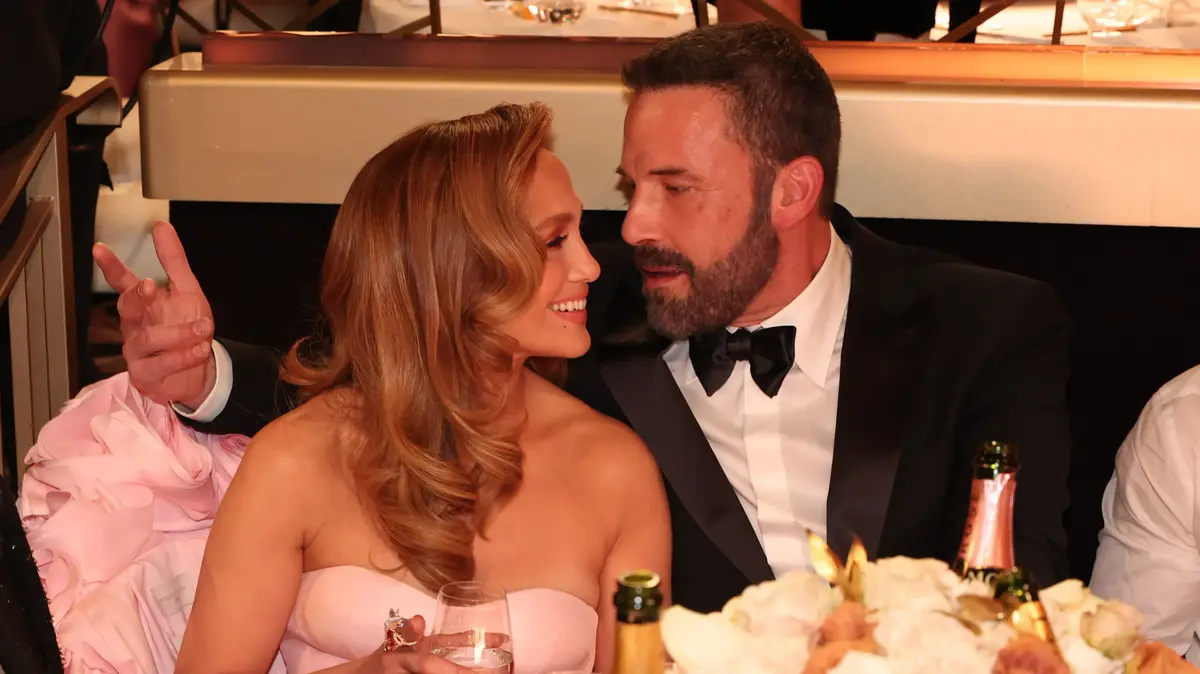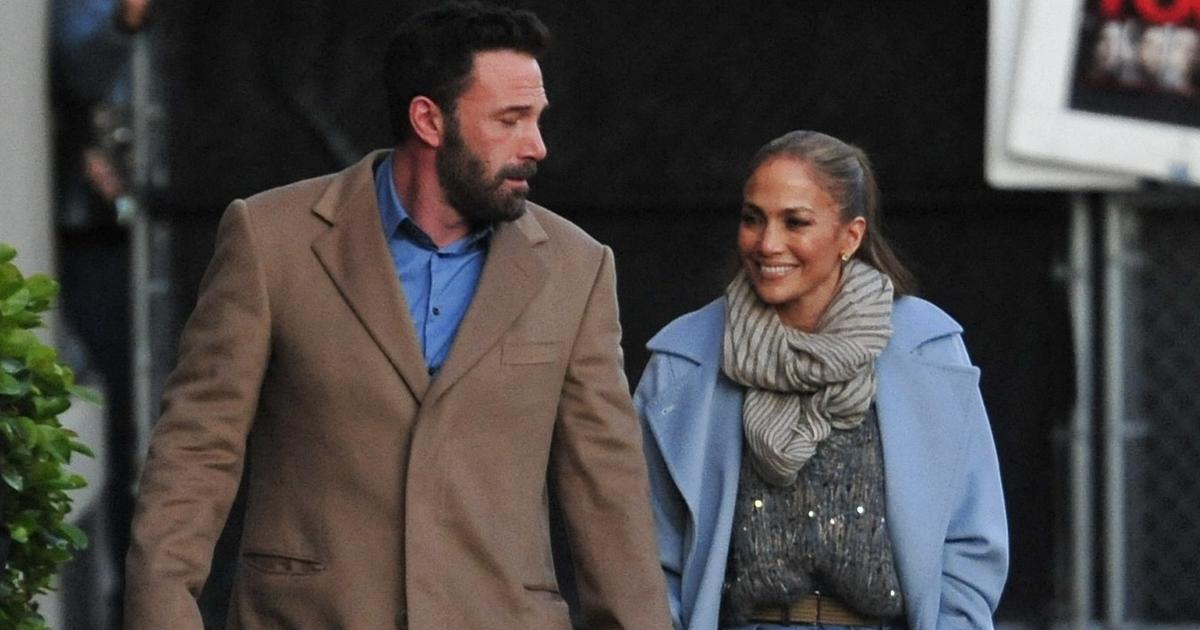Jennifer Lopez shares her personal story in Netflix documentary 1:10
Editor's note:
Holly Thomas is a writer and editor based in London.
She is the morning editor at Katie Couric Media.
You can find her on Twitter @HolstaT.
The opinions expressed in this column belong exclusively to the author.
Read more opinion pieces at cnne.com/opinion.
(CNN) —
It takes a special type of personality to survive as a superstar for more than a decade.
You have to be a chameleon—a Madonna or Lady Gaga—or a diamond.
A brilliant and indestructible diamond that remains, no matter how many times it is hit.
Jennifer Lopez, the stunningly beautiful, almost haunting, and unforgiving centerpiece of the recent Netflix documentary, "Halftime," is a diamond.
She, as the film constantly reminds us, has been doing this for some time, but she remains a completely recognizable, if even more confident, version of the 27-year-old who starred in his smash hit "Selena" in 1997." It doesn't feel any different than any other birthday," she tells us as "Halftime" opens with footage of her blowing out the candles on her 50th birthday cake.
Jennifer López sings again with Emme and uses neutral pronouns in the presentation
However, as "Halftime" continues to show, there is a gulf between being a brilliant artist, performer, or person, and coming across as a documentary subject.
As a woman in the entertainment industry, Lopez lives, like all female celebrities, under exaggerated scrutiny, even more so as a woman of color.
The armor she built around herself and the forensic control she exerts over her narrative are completely understandable as tools for survival, but they can't help but undermine the underdog success story that "Halftime" seems determined to tell. .
With a few tangential forays into Lopez's childhood and early career, the documentary caters primarily to the six-month period between her 50th birthday and her Super Bowl halftime performance alongside Shakira in February 2020. Its mission statement is Clear, more or less.
"All my life I've been fighting, fighting to be heard, to be seen, to be taken seriously. And now I have this incredible opportunity to show the world who I am... What am I going to say?" he asks in a voiceover at the beginning.
As the film progresses, it emerges that the answer is twofold: She wants to showcase Latino culture and exploit prejudice at the Super Bowl halftime show, and she wants to be taken seriously as a performer, especially for her role as the stripper. turned con-artist Ramona in 2019's "Hustlers." At times, these targets seem almost interchangeable.
Both, as we discovered, share tensions with the JLo brand.
The main point Lopez wants to make during her Super Bowl performance is the horrible conditions for immigrant children at the US border.
She makes a good point in the movie about soft power—audiences don't want the message shoved down their throats—but hardly questions why (as someone with a long history of philanthropy) she's waited until now to get involved. Public politics.
She has, according to the film, more than 350 million followers on her social media platforms.
Halftime.
Jennifer Lopez in Halftime.
Credit Netflix ??
2022
While the Super Bowl halftime stage is unique as a venue, it's far from Lopez's only outlet.
And while the film briefly addresses the Colin Kaepernick kneeling controversy swirling around the NFL at the time, it omits any mention of the fact that Rihanna turned down the 2019 halftime show in solidarity because she "didn't want to be an enabler." of systems that were helping to prop up the police brutality and injustice that Kaepernick was protesting.
There's an argument for seizing opportunities no matter who they come from, but "Halftime" doesn't cut it.
As someone who has embraced every opportunity the establishment has to offer, but has also been regularly reminded how rare her position is, you can see why Lopez may be reluctant to deviate from ideas she is confident will appeal to the masses. .
That tunnel vision becomes apparent when he talks about possible songs to close out the halftime set.
She's sure a cameo from Bruce Springsteen singing "Born In The USA" will do the trick.
She admits that Shakira is "not crazy" about the song because, as she fleetingly mentions, Shakira was born in Colombia.
That day, Lopez's daughter, Emme, sings the chorus to "Born In the USA," and we don't know what Shakira thinks of that ending.
However, there is little time to think about this, as in a matter of seconds we are back on Lopez's personal journey.
For the first time in two decades, her performance is generating a buzz at the awards, and she's very hopeful that she'll finally be recognized by the Academy.
Time, she says "Halftime", for some pathos.
There's a quick montage section covering the media fixation on Lopez in the early 2000s, which was often lewd at best and crudely racist at worst.
In a cut interview, she reflects on her notoriety as a "curvy" (by Hollywood standards) woman in a celebrity world populated mostly by skinny blondes.
She says that she had to "really discover" who she was to spend that time.
That's all fair enough, but as a viewer, you're left with the feeling that you've only been partially taken away.
Halftime.
Jennifer Lopez in Halftime.
Credit Netflix ??
2022
Like model Emily Ratajkowski in her excellent collection of essays, "My Body," Lopez describes the objectification she has experienced in vivid detail, but is less illuminating in her own response.
There's potential for real intimacy in a way that there wasn't in, say, "Framing Britney Spears," which detailed the abuse of Spears by the press in chilling detail, but didn't include any first-hand information from Spears herself.
It feels like another missed opportunity.
In her own 2017 Netflix documentary "Five Foot Two," which also covers her Super Bowl, Lady Gaga tackles a similar issue head-on, explaining, "When they wanted it to be sexy or pop, they always... put a wacky spin on it." It made me feel like I was still in control.
It would have been interesting if Lopez had discussed the creative choices behind projects like her "Jenny From The Block" music video, which repeatedly focused on Lopez's butt and featured paparazzi-like images of her and her ever-supportive then-boyfriend, Ben Affleck, who she is now dating again.
Did she ever regret that she seemed to play along, or was she in control the whole time?
We don't really know yet.
The main difficulty when trying to assess a multi-talented superstar in just 95 minutes is that, while it's easy to agree that yes, Jennifer Lopez definitely deserves full credit for her accomplishments, the narrative arc of this documentary demands that your heart break when she doesn't receive an Oscar nomination, something that happens regularly to equally talented actors.
That disappointment leaves Lopez at her most exposed in the entire documentary, but it would have been fascinating to hear more about the cruder details she glosses over, like her early years as a dancer or the immediate aftermath when she left her parents' house to the children. 18 years.
It's Lopez's prerogative not to tell us, and she's charismatic enough to run the documentary anyway.
But the control that has allowed him to build her fascinating life and career — and survive an industry that has fallen victim to so many women like her — leaves no room for the vulnerability that a full, raw image would allow.

